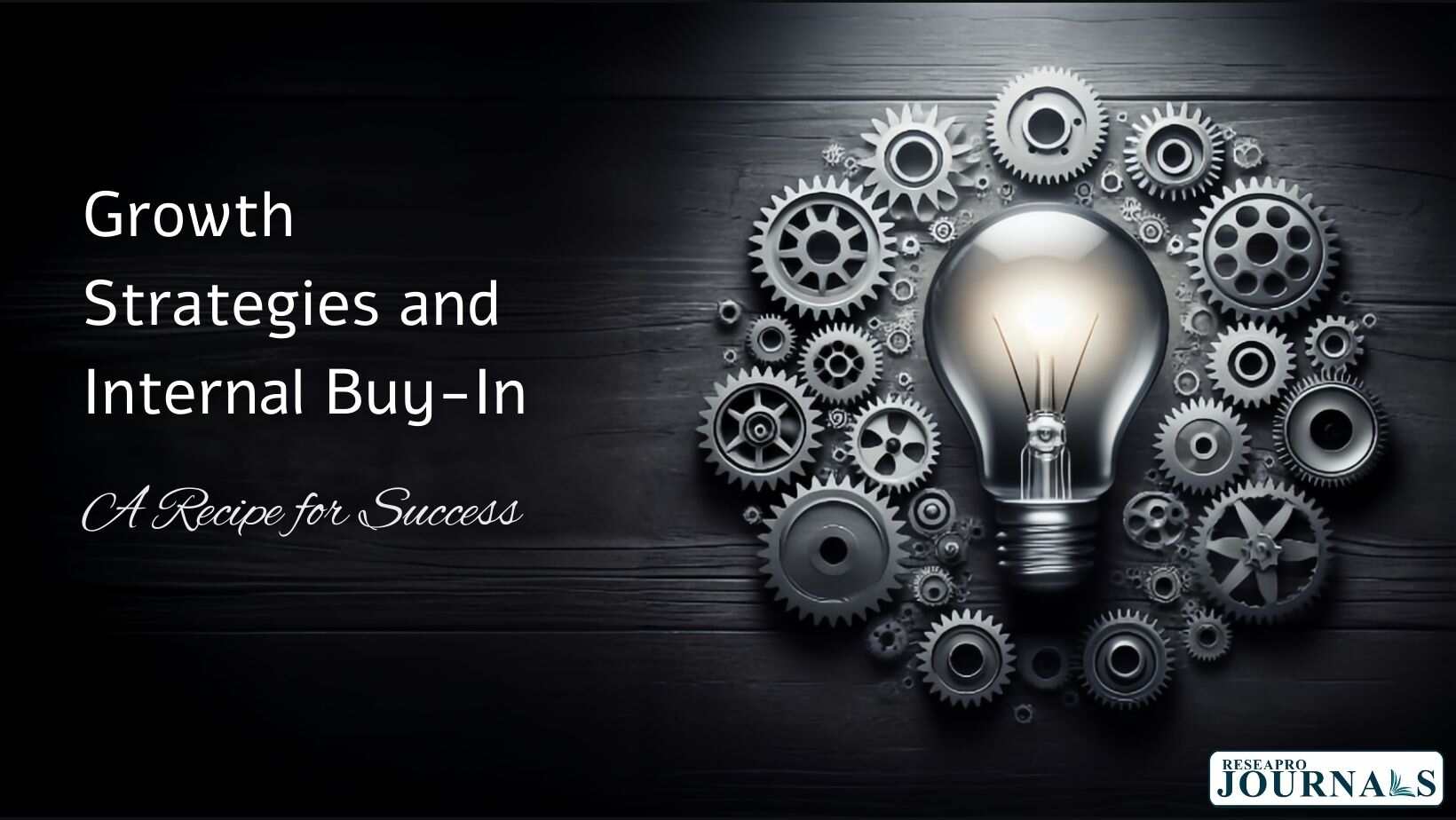
A well-crafted growth strategy is crucial for any organization aiming to thrive in today’s dynamic market landscape. However, the success of such a strategy hinges not only on its intellectual merit but also on the widespread engagement and buy-in from internal stakeholders. This article explores the importance of involving a broad range of individuals within your organization throughout the growth strategy development process.

Traditionally, organizations have employed external consultants or internal strategy teams to spearhead the creation of growth plans. This approach often results in comprehensive strategies lacking the essential elements of motivation, skills, and resources necessary for successful implementation. Team members who are not actively involved in the strategy’s formulation may struggle to grasp its nuances, potentially leading to disagreement, a lack of understanding, or inadequate skills to execute the plan effectively.
A more impactful approach emphasizes extensive involvement from various organizational segments from the outset of the strategy-making process. This collaborative approach fosters a deeper understanding, stronger commitment, and a shared sense of ownership among team members, ultimately increasing the likelihood of successful execution.
Here are four key elements to consider when fostering internal buy-in for your growth strategy:
- Trust in your team’s capabilities: While external expertise can offer valuable insights, relying solely on outside voices can hinder internal engagement and ownership. Empower your team members by trusting their ability to contribute valuable ideas and perspectives.
- Incorporate education: Throughout the strategy development process, prioritize education and knowledge sharing. This ensures everyone involved possesses a common understanding of the financial and operational implications associated with the proposed growth plan, along with their individual roles within the larger organizational framework.
- Allocate sufficient time: Strategy development is an iterative process that demands time for learning, contribution, and debate. Rushing the process can hinder effective team engagement and lead to suboptimal outcomes. Allow ample time for individuals to contribute, collaborate, and become invested in the final strategy.
- Embrace experimentation and continuous learning: Growth strategies are not static documents. Encourage ongoing experimentation, testing, and adaptation throughout the implementation phase. This continuous learning approach not only refines the strategy but also provides valuable insights into the skills, resources, and capabilities required for successful scaling.
A recent example of this collaborative approach in action is Payoneer, a global fintech company. When CEO John Caplan joined the organization, he recognized the need for a holistic approach to identify and implement effective growth strategies. He initiated a multi-month process that directly engaged over 200 employees across various departments. This inclusive strategy-making process combined external market data, internal analytics, and employee perspectives to generate a comprehensive growth plan that enjoyed widespread buy-in and ultimately yielded positive results.
In conclusion, fostering internal buy-in during the growth strategy development process is essential for its successful execution. By involving a broad range of team members, providing opportunities for learning and contribution, and embracing an iterative approach, organizations can unlock the full potential of their growth strategies and achieve long-term success.

 Onfido’s acquisition by Entrust Corp heralds a new era in identity verification. Born in Oxford and powered by AI, this startup’s journey from incubator to industry leader exemplifies the transformative potential of young minds. Discover how Onfido’s pioneering technology is reshaping the future of online identity verification!
Onfido’s acquisition by Entrust Corp heralds a new era in identity verification. Born in Oxford and powered by AI, this startup’s journey from incubator to industry leader exemplifies the transformative potential of young minds. Discover how Onfido’s pioneering technology is reshaping the future of online identity verification! 
 […]
[…]